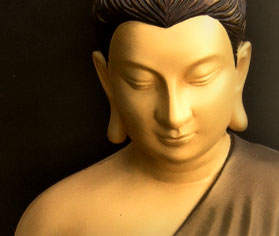 The The books are all listed in the KB online public catalogue and are available for reference in the Special Collections reading room. A provisional catalogue also exists in book form.
The The books are all listed in the KB online public catalogue and are available for reference in the Special Collections reading room. A provisional catalogue also exists in book form.first donation for the collection dates from 1934. The collection was donated by Louis Koopman (1887-1968), in commemoration of his fiancée Anny Antoine (1897-1933) who died in an accident. Thanks to a legacy, the Anny Antoine/Louis Koopman Foundation, the collection can still be expanded with new acquisitions on a daily basis.
Léger, Matisse, Picasso, Braque, Colette, Cocteau, De Beauvoir, Duras, and many others… The Koopman Collection is a unique collection of French literary works of the 20th century in special editions.
A wide selection of artists' books, dedication copies and deluxe editions is highlighted in seven films on this webexhibition and in dozens of richly illustrated essays on books from the collection.
Link to the digital collection and to the web exhibition.







































